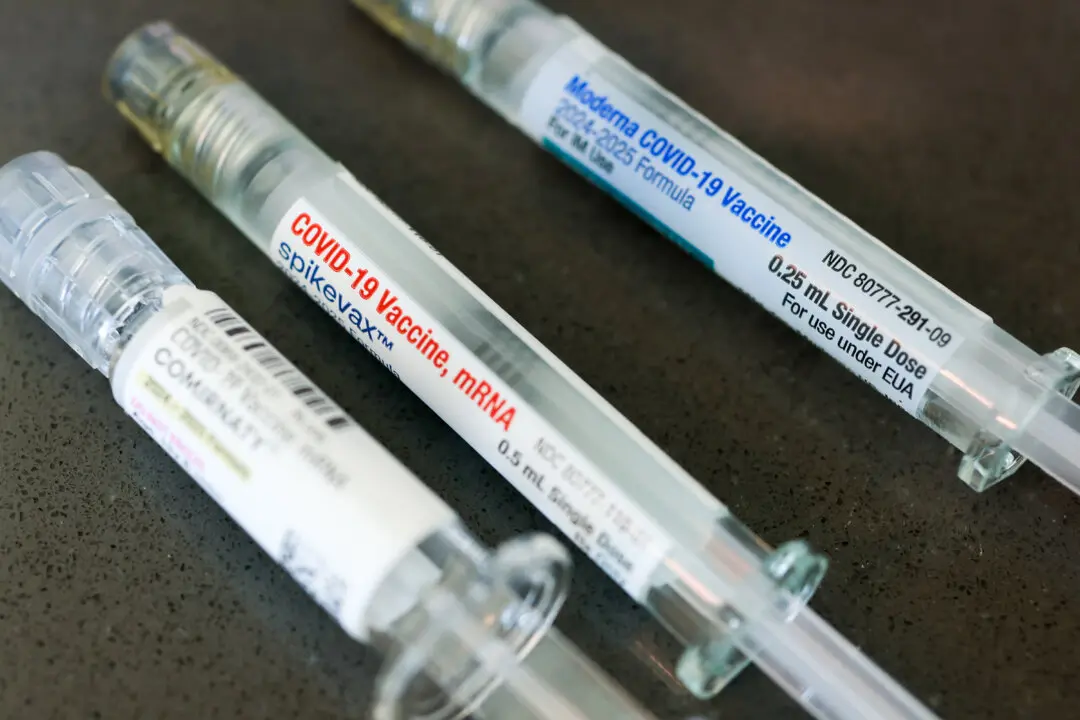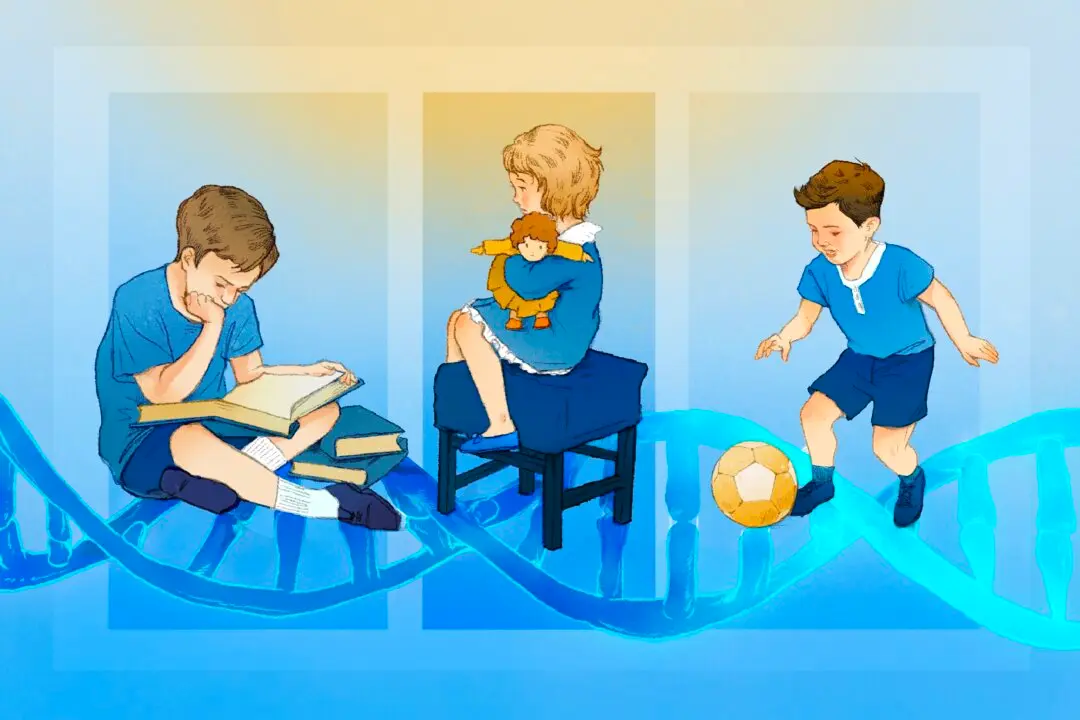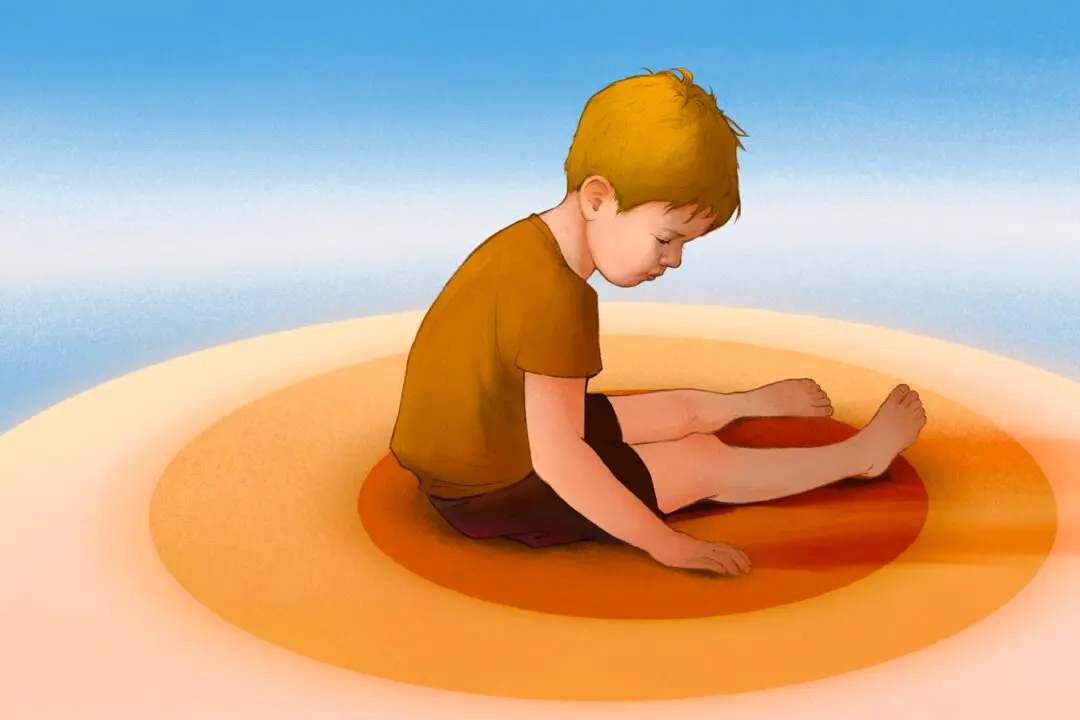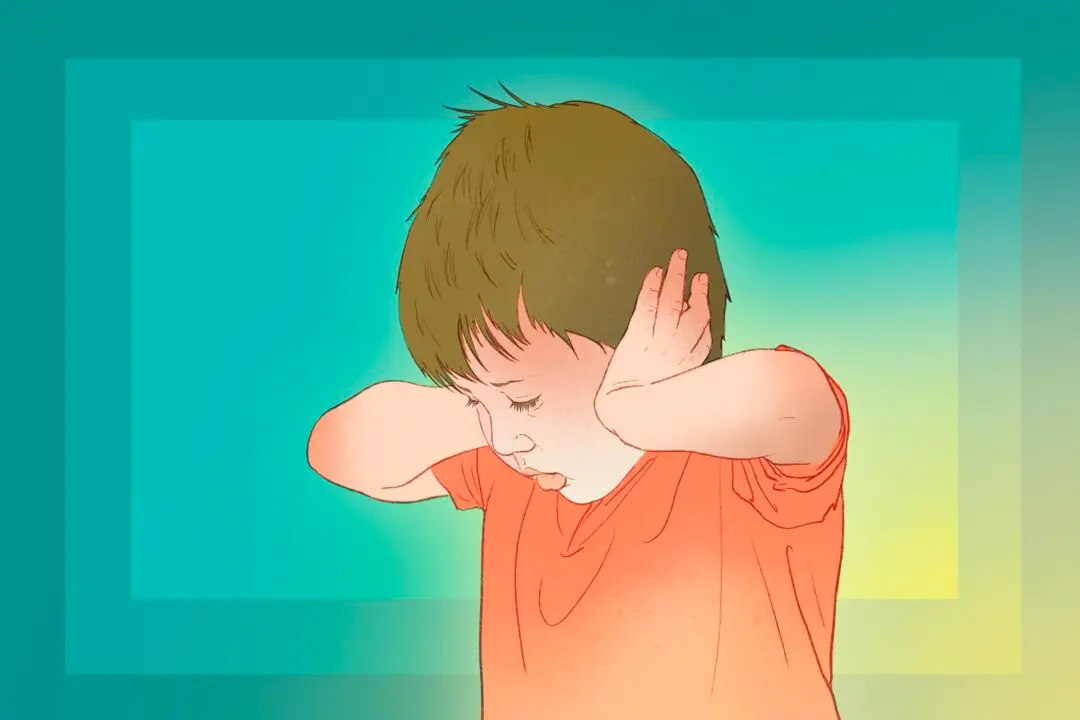An Australian industrial designer and artist has discovered another potential use for 3D printers—saving the world’s reefs—and the art world is supporting his research.
Alex Goad, founder and director of Reef Design Lab, has utilised his knowledge of industrial design and his hobby of scuba diving to create viable marine habitats that can be both a solution to decaying marine ecosystems and beautiful pieces of art. The National Gallery of Victoria’s Sampling the Future exhibition has devoted a room to his latest design, the modular artificial reef system (MARS).





